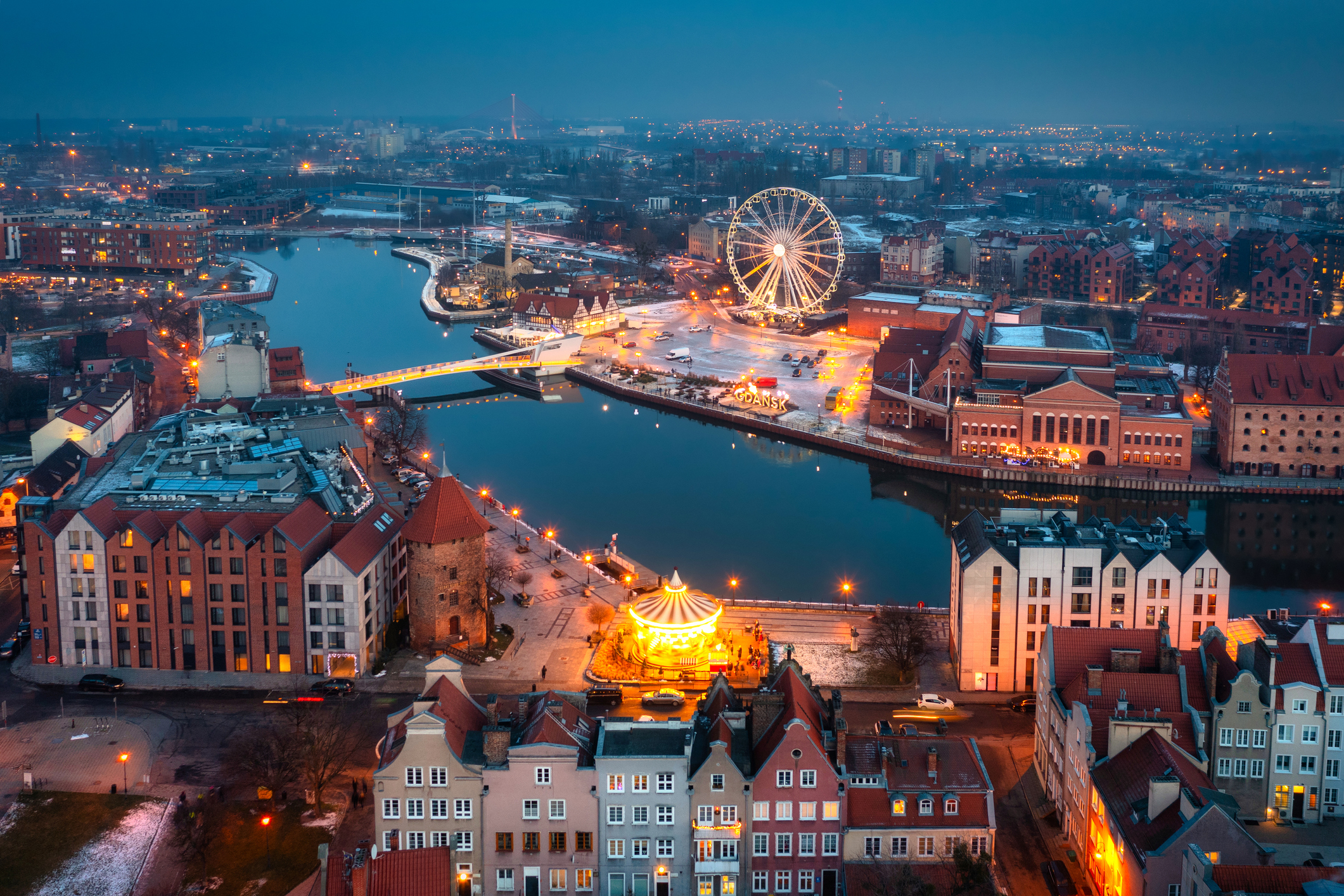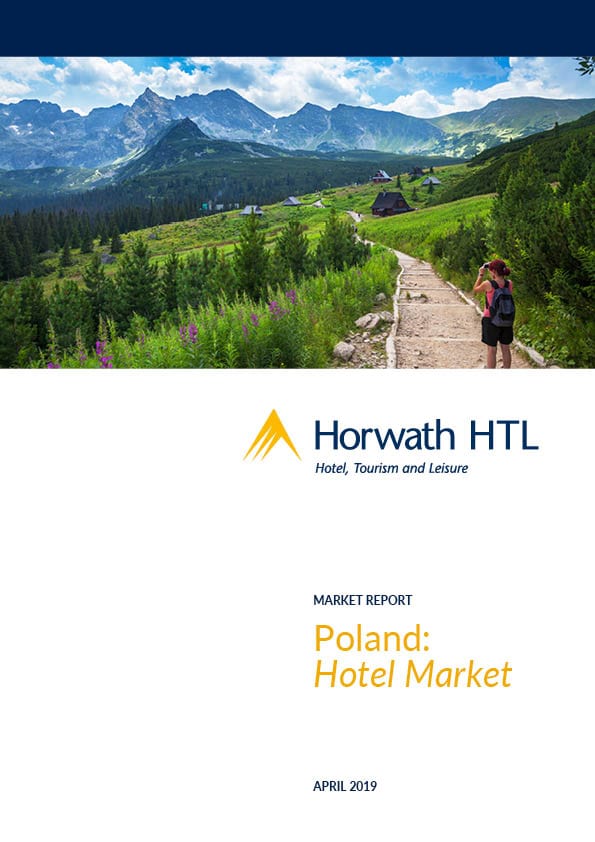
Report
Poland Hotel Market 2019
Poland’s hotel market is experiencing robust growth, fuelled by a strong economy, increasing tourism, and significant foreign investment.
Poland is not only gradually reducing the distance to the richest EU countries but is now in the elite group of the 25 most developed economies in the world. Ranked 36th in the world, in the level of globalization, measuring 169 countries using the Global Connectedness Index, Poland has increasing ADR and occupancy of hotels in major cities, which in turn is encouraging investors to open new hotels.
This report provides a comprehensive overview of Poland’s economic environment, tourism trends, hotel market performance, and future outlook.
Economic Environment
Poland has emerged as one of the elite 25 most developed economies globally, with a notable promotion in the FTSE Russell index to the group of developed markets in 2018. The country’s GDP grew by 5.1% in 2018, outpacing the EU average growth of 1.9% and the Eurozone’s 1.8%. This steady economic expansion, along with favourable investment conditions and a well-educated workforce, has made Poland an attractive destination for foreign direct investment (FDI).
Tourism Growth
Poland has seen a sustainable increase in tourism, supported by major international events and significant infrastructure investments. In 2018, Poland attracted 19 million tourists who stayed overnight, with Warsaw Chopin Airport servicing over 17.7 million passengers.
Top Source Markets:
- Germany: 35.6% of all tourist arrivals
- Ukraine: 7.7%
- Other European and Asian countries: Increasing numbers from India, China, and Japan are expected.
Hotel Market Performance
Occupancy and ADR:
- Major Polish cities have shown increasing ADR and occupancy levels, encouraging new hotel investments.
- Warsaw and Krakow lead in occupancy rates, although a vast growth in hotel bed supply has slightly decreased overall occupancy rates.
Investment Activity
Poland’s hotel market has attracted significant investment activity, with Warsaw being a major hub. In 2018, Warsaw’s office market saw a record EUR 1.7 billion in investment, and regional cities like Krakow and Wroclaw also experienced high investment volumes.
Hotel Development:
- The market has seen an influx of new hotel brands and chains. The number of chain hotels grew from 330 in 2016 to 366 in 2018.
- Domestic hotel chains like Arche Hotel Group and Zdrojowa Invest have expanded rapidly, while international chains like Accor, Hilton, and Marriott continue to grow their presence through franchise agreements and new brand introductions.
Future Supply
- Warsaw: Expected to see 21 new hotels with 4,400 rooms by 2021, accounting for a 30% increase in current room supply.
- Tricity: Nine new hotels will add over 1,900 rooms, a 30% increase in supply.
New brands like Residence Inn, Four Points by Sheraton, Royal Tulip, and Radisson RED are expected to enter the market, along with chains such as Motel One and Nobu Hotel.
Market Trends
- Alternative Development Models: Investors are exploring lease agreements, redevelopment of office and residential properties, and acquisition of distressed hotel assets.
- Yield Compression: Prime asset acquisitions and high demand have led to yield compression, with initial yields varying from just over 6% to 8.5%.
Download the report
For detailed charts, graphs, and further analysis, download the full report here







